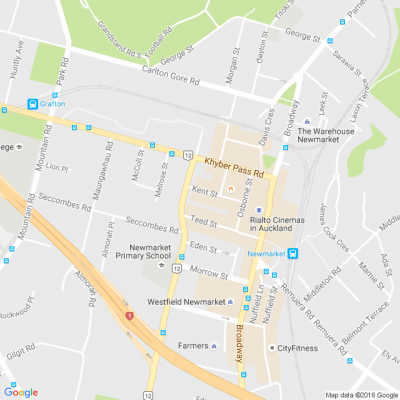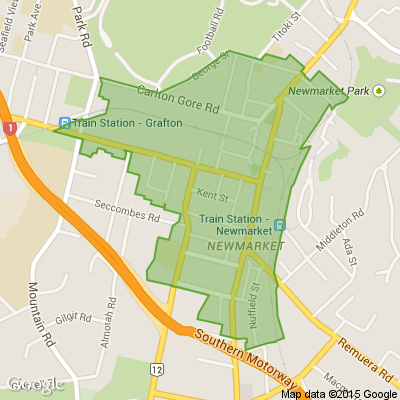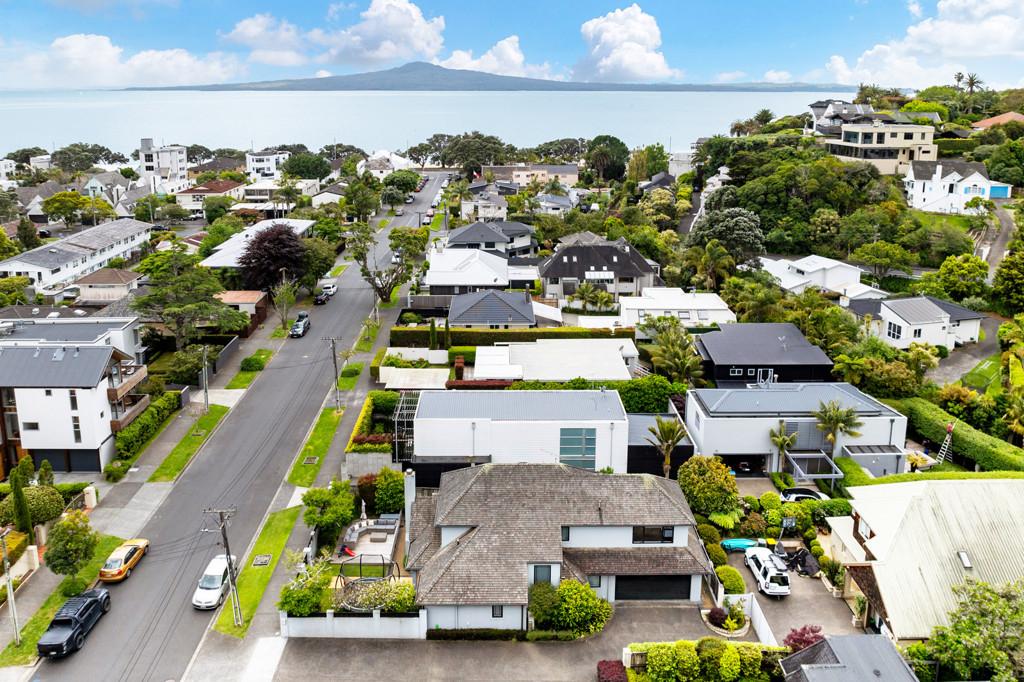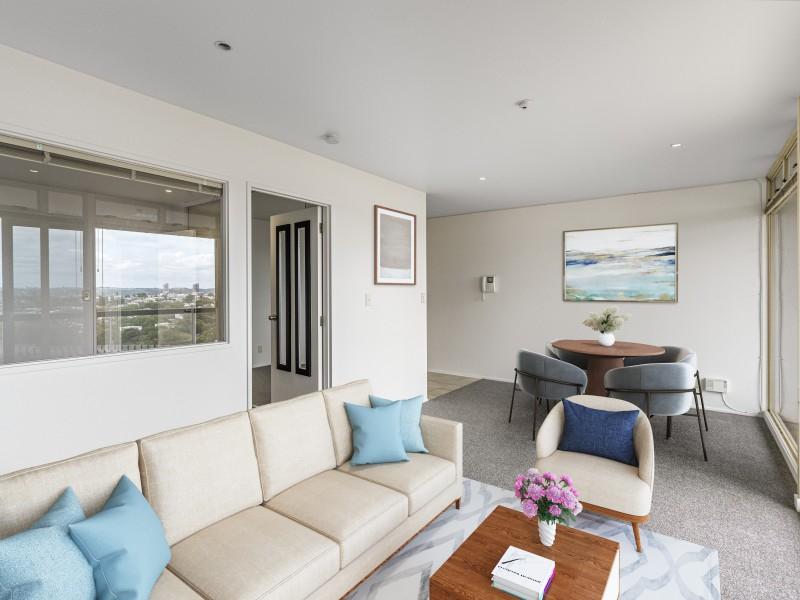Motorway maintenance this week
NZ Transport Agency Waka Kotahi has advised that maintenance work will be taking place on motorways across Auckland this week.
Check the list below to find out if you'll be affected.
HARBOUR BRIDGE:
State Highway 1 (SH1) Auckland Harbour Bridge from Sunday 3 to Thursday 7 November between 9pm and 5am.
There will be lane restrictions on the centre lanes. At least two lanes in each direction will be available.
Traffic Management: Traffic will still be able to travel in both directions across the bridge.
There may be increased noise levels as the team carry out bridge maintenance.
NORTHERN MOTORWAY (SH1)
Southbound lanes between Constellation Drive off-ramp and Tristram Avenue on-ramp, 4 November (approx. 10:00pm to 5:00am)
Northbound lanes between Tristram Avenue off-ramp and Constellation Drive on-ramp, 6-7 November (approx. 10:00pm to 5:00am)
Onewa southbound on-ramp, 3 November (approx. 2:00am to 3:00pm)
Curran Street northbound on-ramp, 3 November (approx. 2:00am to 3:00pm)
Shelly Beach Road southbound off-ramp, 3 November (approx. 2:00am to 3:00pm)
CENTRAL MOTORWAY JUNCTION (CMJ)
Fanshawe Street southbound off-ramp, 3 November (approx. 2:00am to 3:00pm)
Symonds Street southbound on-ramp, 7 November (approx. 10:00pm to 5:00am)
SOUTHERN MOTORWAY (SH1)
Hill Road southbound off-ramp, 5-7 November (approx. 10:00pm to 5:00am)
Northbound lanes between Papakura off-ramp and Redoubt Road on-ramp, 3-4 November (approx. 9:30pm to 5:00am)o SH1 northbound to SH20 northbound link, 3-4 November (approx. 9:30pm to 5:00am):
- Hill Road northbound on-ramp, 3-4 November
- Takanini northbound on-ramp, 3-7 November
- Papakura (Diamond) northbound on-ramp, 3-4 November
- Papakura (Loop) northbound on-ramp, 3-4 November
Southbound lanes between Papakura off-ramp and Ramarama on-ramp, 3-7 November
- Papakura (Loop) southbound on-ramp, 3-7 November
- Papakura (Diamond) southbound on-ramp, 3-7 November
- Drury/SH22 southbound on-ramp, 3-7 November
Northbound lanes between Ramarama off-ramp and Papakura on-ramp, 5-7 November
- Drury/SH22 northbound on-ramp, 5-7 November
- Ramarama northbound on-ramp, 5-7 November
Bombay southbound off-ramp, 3-7 November
Bombay northbound off-ramp, 3-7 November
Northbound lanes between Pokeno off-ramp and Razorback Road on-ramp, 3-4 November (approx. 10:00pm to 5:00am)
- SH1 northbound to SH2 eastbound link, 3-4 November (approx. 10:00pm to 5:00am)
- Pokeno northbound on-ramp, 3-4 November (approx. 10:00pm to 5:00am)
SOUTHWESTERN MOTORWAY (SH20)
Southbound lanes between Maioro Street off-ramp and Hillsborough Road on-ramp, 7 November (approx. 10:00pm to 5:00am)
- Maioro Street southbound on-ramp, 7 November
- Dominion Road southbound on-ramp, 7 November
Dominion Road northbound off-ramp, 3-6 November
Southbound lanes between Hillsborough Road off-ramp and Neilson Street on-ramp, 6 November
- Hillsborough Road southbound on-ramp, 6 November
- Queenstown Road southbound on-ramp, 6 November
Southbound lanes between Mahunga Drive off-ramp and Massey Road on-ramp, 3-5 November (approx. 10:00pm to 5:00am)
- Walmsley Road southbound on-ramp, 3-5 & 7 November
- SH20 southbound to SH20A southbound link, 3-5 November (approx. 10:00pm to 5:00am)
SH20 southbound to SH1 northbound link, 3-4 November (approx. 10:00pm to 5:00am)
Please follow the signposted detours. NZ Transport Agency thanks you for your co-operation during these essential improvements and maintenance.

Poll: When should the tree go up? 🎄
From what we've heard, some Christmas trees are already being assembled and decorated.
What are your thoughts on the best time to get your Christmas tree up?

-
4.9% Second half of November
-
43.1% 1st December
-
16.9% A week before Christmas
-
33.9% Whenever you wish
-
1.2% Other - I'll share below
The Persistent Student (Day 3)
In a small town on the North Island of New Zealand, there was a young Māori student named Te Rangi who lived with his whānau in a rural area. Te Rangi was a high school student, studying for his NCEA qualifications, and he had a particular passion for performing the haka—a traditional Māori dance that his iwi (tribe) had been practicing for generations.
Te Rangi was also a member of his school’s kapa haka group, a team that performed Māori cultural songs and dances for various competitions and events. However, unlike many of his classmates, Te Rangi wasn’t raised in an urban environment where Māori language and traditions were easily accessible. He had learned haka from his kuia (grandmother) and his uncle, but he was aware that many of the other students in his kapa haka group came from whānau that were more involved in te ao Māori (the Māori world) and were better at mastering the haka and te reo Māori.
The school year was coming to a close, and the big regional kapa haka competition was approaching. Te Rangi felt the pressure. He knew his group had strong performers, but he was worried about his own ability to perform well under the scrutiny of judges, especially when it came to the solo haka part of the competition. This section of the performance required deep emotional connection, precision in movements, and the ability to lead with confidence—skills Te Rangi was still developing.
One week before the competition, something unexpected happened. The kapa haka group’s tutor, who had been guiding them for months, fell ill and could no longer lead the group. The students were told they would have to perform without their tutor, and the responsibility fell on the shoulders of the older students in the group, including Te Rangi. They would have to organise their own rehearsals and make sure everything was ready in time for the competition.
Most of the students were worried and frustrated. They felt like they had lost their guide, and many of them struggled to stay focused. Te Rangi, however, decided that he wasn’t going to let the situation stop him. While the others were distracted by the uncertainty, he started staying after school to practice his haka on his own. He would go to the marae (Māori meeting house) in the evenings to connect with the land and the spirit of his ancestors, seeking the strength to improve his performance.
He practiced the haka over and over, refining his movements, listening carefully to the words, and even studying the history and meaning behind the chants. He sought advice from his uncle and aunties, who taught him the deeper significance of the haka beyond the movements—the emotional strength, the mana (prestige), and the connection to whakapapa (ancestry).
On the day of the competition, Te Rangi was ready. When it came time for his solo haka, the crowd was captivated. His movements were sharp, his voice was strong, and his eyes burned with the confidence and pride that only someone who had connected deeply with their culture could express. He led the haka with such conviction that the audience felt the spirit of his ancestors rise with him.
In the end, his school didn’t win first place at the competition. But Te Rangi’s performance stood out, and he was praised by the judges for his commitment to his culture and his ability to overcome adversity. His classmates, who had been doubtful and distracted, were inspired by his persistence and determination. They, too, began to practice harder, and the group as a whole performed better than they had imagined.
While Te Rangi didn’t walk away with a trophy, he left the competition with something far more valuable: the knowledge that perseverance, hard work, and dedication to his roots had led to a performance that he could be truly proud of. He had earned respect from his peers, from the judges, and from himself.
---
Moral of the Story:
Te Rangi’s success came not from being the best dancer or having the most natural talent, but from his dedication to improvement and his unwavering focus. His story teaches that no matter what challenges or obstacles one faces, if you persist and put in the effort, you can overcome them and grow stronger. Whether it's in the haka, a classroom, or any other aspect of life, persistence and dedication are the keys to success.
The Neighbourhood’s Brainiest: Can YOU Solve Today’s Riddle?
You see a boat filled with people.
It has not sunk, but when you look again you don’t see a single person on the boat.
Why?
Do you think you know the answer to our daily riddle? Don't spoil it for your neighbours! Simply 'Like' this post and we'll post the answer in the comments below at 2pm.
Want to stop seeing riddles in your newsfeed?
Head here and hover on the Following button on the top right of the page (and it will show Unfollow) and then click it. If it is giving you the option to Follow, then you've successfully unfollowed the Riddles page.







 Loading…
Loading…











